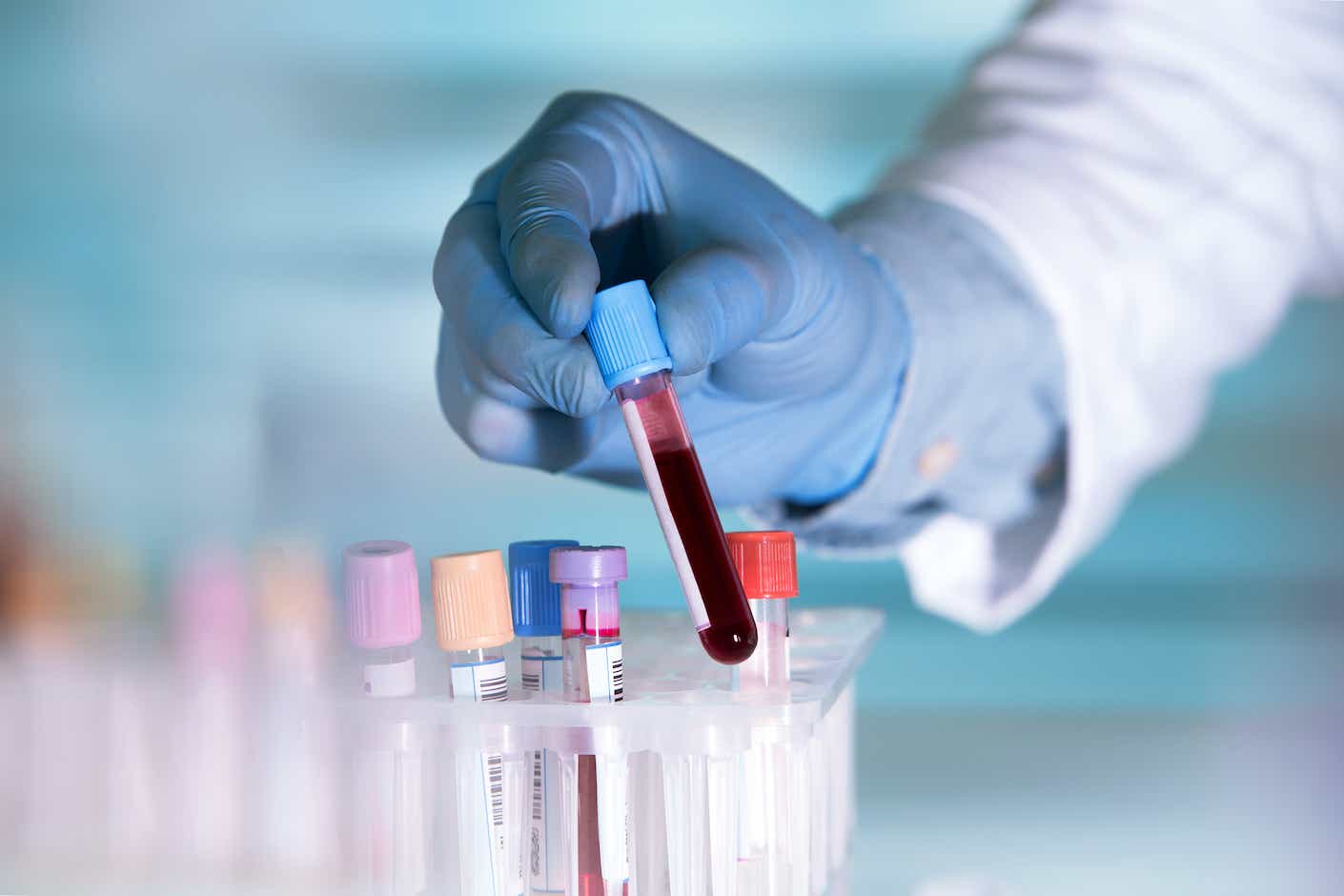We don’t need to tell you that navigating cancer is a high-stakes, frightening process that also happens to be very confusing. It seems like every day, new methods for detecting all the intricacies of different cancers seem to be coming out of the woodwork. We can’t complain about new methods of detection, but it can be hard to keep up with the new developments.
The newest kid on the block is the liquid biopsy — defined by the Cleveland Clinic as “a blood test that detects signs of cancerous tumors, including tumor cells and cancer cell DNA.”
If you’re wondering why liquid biopsies matter and whether you might need one, we’ve broken down the ins and outs of this developing method of screening.
What are liquid biopsies?
You already know what a biopsy is, and you’ve likely had one at some point in your life. There are many types of biopsies out there, but those procedures typically require a sample of tissue rather than liquid. A 2022 study notes that liquid biopsies are “a minimally invasive diagnostic tool for the early diagnosis and monitoring of therapeutic response.”
According to Cancer.net, a liquid biopsy is “a type of test used to find cancer cells and cancer DNA in the blood.”
But these tests can do more than detect a first occurrence of cancer. The National Cancer Institute states that a liquid biopsy can “be used to help find cancer at an early stage,” which we all know can be a lifesaver because eradicating cancer is easier if you start sooner. Results from a liquid biopsy could also be used to “help plan treatment or to find out how well treatment is working or if cancer has come back.”
A big perk of testing for cancer cells and DNA through a blood sample is that this less aggressive method will be easier on your body. The 2022 study also notes that liquid samples are very easy to collect repeatedly.
What type of liquid biopsies are there?
Of course, this wouldn’t be a health article if it was as straightforward as one test. But, the more the merrier when it comes to ways to detect a deadly disease! There are currently four FDA-approved liquid biopsies available.
In 2004, the FDA approved the CellSearch Circulating Tumor Cell (CTC) test “to monitor cancer in people with advanced breast cancer, colorectal cancer, and prostate cancer,” according to Cancer.net. This type of liquid biopsy helps your doctor determine how your cancer treatments are working.
In 2016, the FDA approved the cobas EGFR Mutation Test v2. According to the Cleveland Clinic, this method “detects a mutation (error) on the EGFR gene that’s common in non-small cell lung cancer.” Your doctor can evaluate any mutations, then decide which treatments may be best to handle your unique situation.
In 2021, the FDA approved the Guardant360 CDx for people with non-small cell lung cancer. According to the Cleveland Clinic, “It’s also used to detect common genetic errors.” Your doctor will review your results to decide which treatments would be most appropriate for you.
Also in 2021, the FDA approved the FoundationOne Liquid CDx. This type of biopsy detects mutations in prostate cancer, ovarian cancer, breast cancer, and non-small cell lung cancer.
Do you need a liquid biopsy?
While the options abound, don’t get too excited about this seemingly easier test just yet. Used alongside other tests, liquid biopsy is one tool that your doctor may use to determine which treatments are best for you. Your doctor may also use a liquid biopsy to evaluate your prognosis.
It’s unlikely that your doctor will perform a liquid biopsy to diagnose cancer unless absolutely necessary. For instance, the less invasive procedure might be appropriate if your doctor is concerned that a traditional tissue collection biopsy could damage your surrounding organs.
Currently, Cancer.net states that liquid biopsies are mostly “used to identify specific genetic changes in people with [non-small cell lung cancer].” As mentioned, however, they’re also used to determine options for other types of cancer like prostate cancer, ovarian cancer, and breast cancer.
That said, research is ongoing, so the applications for liquid biopsies will likely evolve.
What should you expect from your liquid biopsy?
All you’ll need to complete your liquid biopsy is a straightforward blood draw. You won’t need to do anything special to prepare for the biopsy. A healthcare professional will use a needle to extract a small sample of blood from a vein, and your healthcare professional will send your blood sample to a lab for testing.
Your doctor should receive your results in seven to 10 days. Then, your doctor will review the results with you — you’ll discuss next steps, with the results helping to guide your treatment plan.









